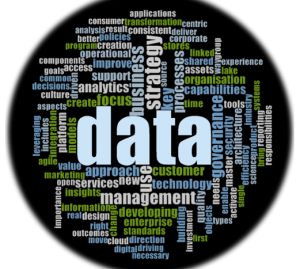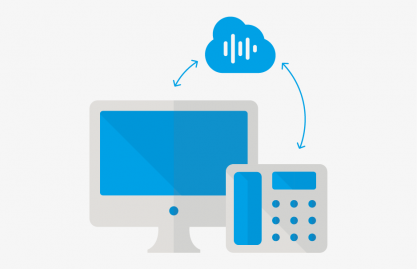There has been an evolution of the value of data in business, and IT support & services help organizations realize their data’s potential. In bygone days, data needed to be stored but was otherwise considered to have little to no value. On the contrary, as many tech leaders have revealed, data is an organization’s greatest asset with the exception of its personnel. Maximizing the potential of data requires a well-rounded data strategy, which few small and medium businesses have going for them. Learn more below about how to develop a data strategy with the assistance of IT support & services.
What is a Data Strategy?
A data strategy is similar to a road map that aligns various activities across data management disciplines and improves the method in which data is acquired, stored, managed, and shared. IT support & services cannot achieve this alone. Members of an organization plus IT leaders complete the task together. The various disciplines that need to be brought into harmony in a data strategy may include:
- Metadata, which is a set of data that describes and gives information about other data, e.g. the data’s origin, definition, location, domain values, and more.
- Master data management.
- Data migration.
- Data governance.
- Data quality.
- Data integration.
An organization’s business goals and strategic priorities must be identified in order to pinpoint all the ways data can help reach goals and stay aligned with company priorities.
Establish a Metadata Process
In each business application in which data is collected, it is essential that it be made available throughout the organization for access and use. A metadata process must be established for this to happen, and enterprise content management (ECM) can help. ECM is the technology utilized to capture, preserve, store, manage, and deliver documents and other data related to organizational processes. Your company may have the data you need but, as yet, it isn’t being used to achieve your goals. Or it could be that you are collecting only a portion of the data you need from your customers, suppliers, or business partners.
Determine How Data Will be Analyzed
Until pertinent data can be accessed, analyzed, and used to make informed decisions, it hasn’t yet become a business asset. Data is often loaded with valuable information, but it starts out as a raw commodity at the point of creation. Process being an integral part of data strategy, it determines the programs or activities needed to generate a finished good from a raw “product.” IT support & services can provide the tools and know-how to come up with process.
Best IT Support & Services
Move your data over from the “burden” column of things simply to be securely stored to the “asset” column, ensuring that it helps your business meet its goals and objectives. IT support & services from Info-Link Technologies will put your data to work and improve your organization’s bottom line.




Recent Comments